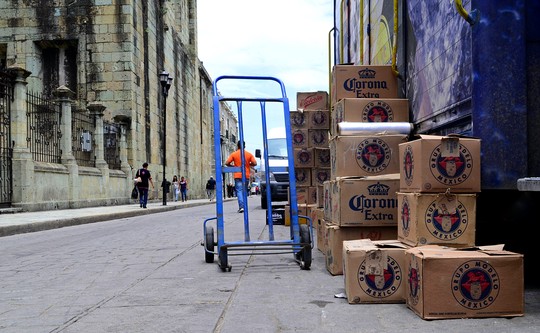
Renata Oliveira
Professor at the Department of Applied Social Sciences,
Federal Center for Technological Education of Minas Gerais
Professor at the Federal Center for Technological Education of Minas Gerais. Researcher at the PLACES - PLanning for ACcESs research group with a focus on accessibility oriented planning, Urban Freight Transportation and applied spatial analysis. Member of the Network on Intelligent Urban Mobility and Accessibility Research (NIUMAR) and of the Network for Organizational Studies, Society and Subjectivity (NOSS).
Download ResumeEducation
DSc in Geography, 2015
Pontifícia Universidade Católica de Minas Gerais
MEng in Transportation Engineering, 2004
Instituto Militar de Engenharia
BSc in Civil Engineering, 2002
Universidade Federal de Minas Gerais
Interests
- Acessibilidade urbana
- Análise espacial
- Logística Urbana



